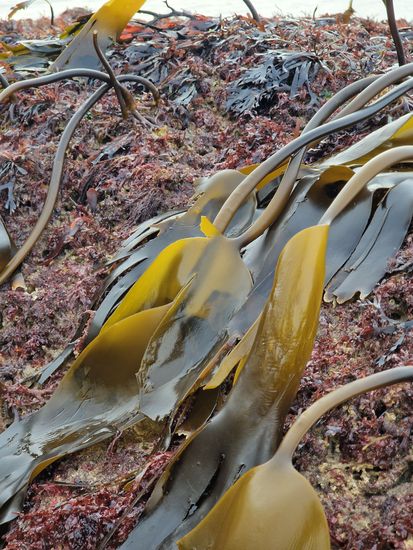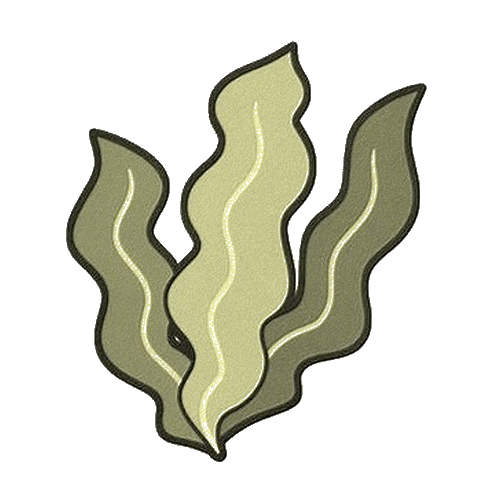HASTINGS KELP PROJECT
WHO WE ARE
We are a grassroots, volunteer-led community group investigating the potential for kelp along the Hastings coastline in Sussex. Our collective brings together people from all walks of life, from PhD scientists to everyday volunteers, united by a shared passion for the environment. We operate within Hastings Aquarium, working alongside an expert team of marine scientists and zoologists who share our commitment to exploring marine ecosystems.
Our aim is to study and monitor conditions suitable for kelp growth, assessing how it interacts with marine habitats and species such as fish, shellfish, invertebrates, and birds. This research will explore potential contributions to carbon absorption and coastal resilience, while creating opportunities for local engagement, education, and community participation in scientific studies.
Community Interest Company (CIC): Company number 15808105

OUR ETHOS
To start, we will cultivate kelp under controlled conditions within a laboratory space at Hastings Aquarium. Every aspect of its management will be carefully observed to gather data on optimal growth and survival.
Once experimental growth is established, we will monitor its development in tanks and small coastal trials, aiming to understand how kelp interacts with the natural environment and contributes to marine habitat formation. Our initial plan spans 3 years, after which further studies and long-term monitoring will continue.
OUR OBJECTIVES
We are dedicated to investigating the potential for marine habitat restoration along the 4.5 miles of coastline from Hastings to Pett Level. Through careful research and monitoring, we aim to understand how kelp and associated ecosystems could develop in this area.
Our goal is to study how marine life could recover along the coastline, examining conditions that could support diverse ecosystems, including species such as lobsters, crabs, starfish, urchins, nudibranchs, rays, sole, and mussel beds, in a healthy marine environment.
Join us in supporting research and community efforts that explore how coastal habitats could thrive, fostering biodiversity and protecting the environment for future generations.
Wildife habitat
Kelp forests may provide habitats, food sources, and shelter for various marine species. They could offer protection against predators and environmental pressures, supporting species survival within the ecosystem. By studying kelp growth along the coastline, we aim to understand its potential role in supporting wildlife presence and biodiversity.
Flood and coastal defenses
Close to shore, kelp forests may act as natural barriers, potentially reducing wave impact. They could contribute to limiting coastal erosion and filtering pollutants from the water. This combination of functions may help maintain healthier, more stable marine environments that support coastal ecosystems and surrounding communities.
Carbon sequestration
Kelp has the potential to absorb more carbon dioxide per acre than terrestrial forests, making it a valuable ecosystem to study for climate change mitigation. Its rapid growth and high biomass mean it can capture and store carbon at rates exceeding most other marine plants. By investigating how kelp ecosystems function along our coastline, we can better understand their role in regulating atmospheric carbon levels and supporting healthier oceans.
Local ecoservices
Kelp forests may create calmer, cleaner coastal waters, supporting activities such as rockpool exploration and marine wildlife observation. Increased biodiversity could benefit Hastings’ historic beach-launched fishing fleet by supporting healthier fish stocks, while also encouraging eco-tourism, promoting conservation, and celebrating the town’s rich maritime heritage.
WHERE WE ARE
Beyond the quaint 16th-century fishing huts at Rock a Nore unfolds a pristine expanse of natural beach and cliffs stretching for 4.5 miles. Scattered along the shoreline are various rock formations leading to Pett Level beach, enveloped by the enchanting Hastings SSSI Country Park.
This coastal haven harbour's dinosaur fossils and a diverse array of indigenous flora and fauna. Extending beyond the visible horizon, portions of the rocky terrain persist past the low tide mark, providing a sanctuary for marine and avian life.
